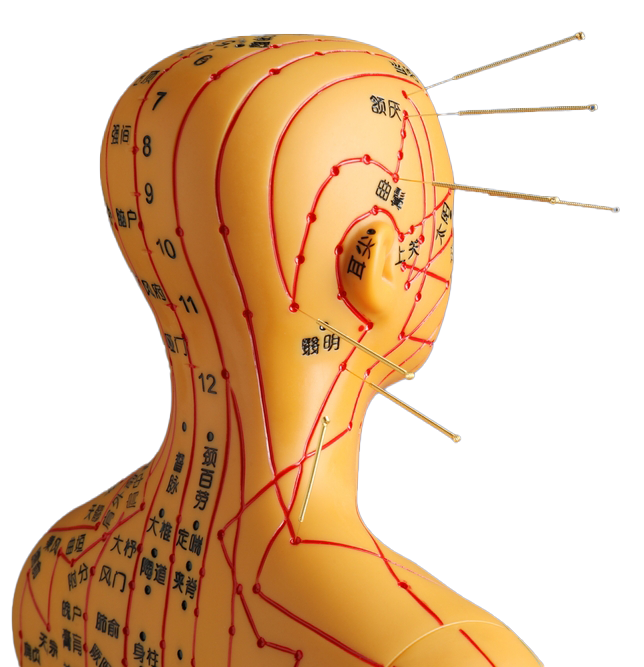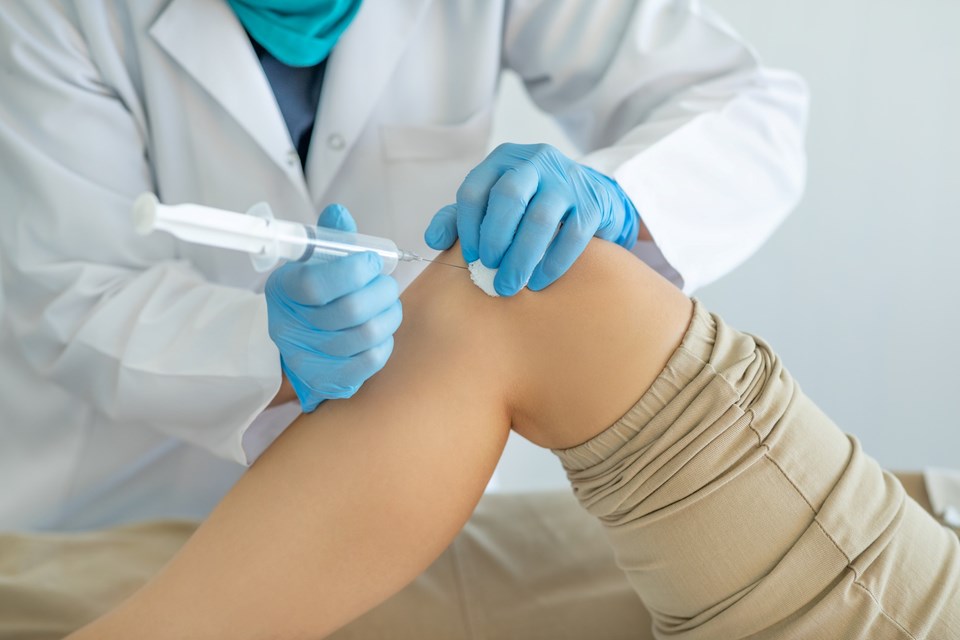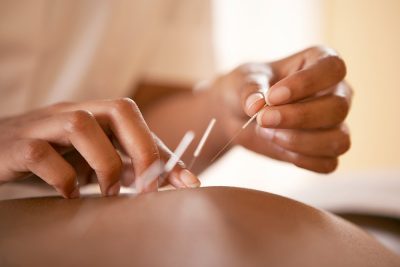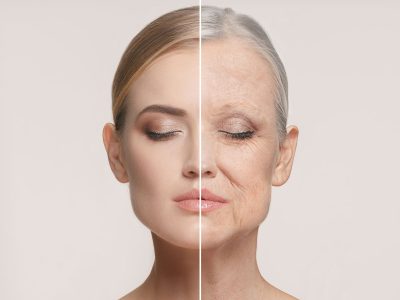- Facet joint Radiofrequency Thermocoagulation (RFT) Treatment
- Radiofrequency Thermocoagulation Dorsal root ganglion (DRG) radiofrequency thermocoagulation (RFT)
- Discitis Procedure
- Sacroiliac Joint Radiofrequency Treatment (Simplicity)
- In-Disc Ozone Therapy
- Nucleoplasty
- Transforaminal Injection (Pinpoint)
- Facet joint block
- Epidural Injection
Prolotherapy
- Home
- Complementary Medicine Methods
- Prolotherapy
Contents
Toggle- Creating an individualised treatment plan
- The role of different specialities (physiotherapist, orthopaedist, psychologist, neurosurgeon)
- Pain treatment during pregnancy
- Treatment of chronic pain in the elderly
- Pain management in children
- Stress management
- Healthy eating
- Ergonomic living arrangements
- Exercise and mobility
- Facet joint Radiofrequency Thermocoagulation (RFT) Treatment
- Radiofrequency Thermocoagulation Dorsal root ganglion (DRG) radiofrequency thermocoagulation (RFT)
- Discitis Procedure
- Sacroiliac Joint Radiofrequency Treatment (Simplicity)
- In-Disc Ozone Therapy
- Nucleoplasty
- Transforaminal Injection (Pinpoint)
- Facet joint block
- Epidural Injection
- Cancer pain
- Permanent Epidural / Spinal Port Application
- Vascular Port (Permanent Vascular Access)
- Trigeminal Nerve RFT
- Blockade of Ganglion Stellatum
- Lumbar Sympathetic Ablation
- Facet joint Radiofrequency Thermocoagulation (RFT) Treatment
- Radiofrequency Thermocoagulation Dorsal root ganglion (DRG) radiofrequency thermocoagulation (RFT)
- Hernia Burning (IDET)
- Discitis Procedure
- Sacroiliac Joint Radiofrequency Treatment (Simplicity)
- Permanent Epidural / Spinal Port - Pump System
- In-Disc Ozone Therapy
- Nucleoplasty
- Peripheral Nerve Block
- Transforaminal Injection (Pinpoint)
- Facet joint block
- Epidural Injection
- Intra-articular Fluid Treatment
- Dorsal root ganglion (DRG) radiofrequency thermocoagulation (RFT)
- Spinal cord stimulation (pain pacemaker)
- Ergonomic living arrangements
- Spinal cord stimulation (pain pacemaker)
- Nucleoplasty
- Radiofrequency ablation
- Herbal solutions
- Dry needle treatment
- Anti-ageing treatments
- Ozone therapy
- Cupping therapy - Cupping
- Mesotherapy
- Prolotherapy
- Acupuncture
- Stem Cell Therapy
- Nerve blockages
- Corticosteroid injections
- Massage and relaxation techniques
- Manual therapy
- Electrotherapy
- Neuropathic pain medications
- Anti-inflammatory drugs
- Muscle relaxants
- Painkillers (paracetamol, ibuprofen, etc.)
What is Prolotherapy?
Prolotherapy a regenerative injection technique As a treatment, it is applied by injection in cases such as musculoskeletal system injuries, joint degenerations, muscle pain and joint and ligament laxity. The solutions used are injected into the joint or into the surrounding tendon and ligament tissues, aiming at tissue repair. This method is not considered a surgical procedure; it is also defined as "regenerative joint injection" or "non-surgical tendon and ligament repair".
How Does Prolotherapy Work?
- Controlled Inflammation Generation: During prolotherapy, a low-level, germ-free inflammation is triggered. This activates the body's natural healing and regeneration mechanism.
- Tissue Repair: The controlled injury created allows the body to repair that area and contributes to the health of tissues with chronic or acute problems.
- Objective: Stimulating the repair of damaged joints, ligaments or tendons, reducing pain and restoring flexibility and functionality.
Although the most commonly used substance in prolotherapy injection is dextrose (sugar derivative), proliferants such as PRP (platelet-rich plasma), stem cells, ozone or glycerin may also be preferred. Low concentrations of dextrose have a partial inhibitory effect on pain transmission, while high concentrations may have a regenerative effect on articular cartilage.
Who is Prolotherapy Applied to?
- Knee Problems: Knee arthritis, ligament tears, meniscus damage, muscle/tendon strains.
- Neck Region Diseases: Neck hernia, neck and headaches, facet joint problems, calcifications.
- Jaw Joint Pains: Supportive therapy for pain and dysfunctions related to the jaw joint.
- Back and Waist Problems: Spinal hernias, facet joint syndrome, pain after surgery, instability and calcification conditions.
- Sacroiliac Joints: Laxity (instability) and chronic pain in these joints.
- Shoulder Joint Injuries: Impingement syndrome, rotator cuff tears, shoulder dislocations or osteoarthritis.
- Elbow and Wrist Problems: Tennis elbow, arthritis, nerve compression, carpal tunnel syndrome.
- Hip Region Pain: Pain originating from muscles or tendons, hip arthritis.
- Foot and Ankle Injuries: Problems such as ligament damage after sprains, Achilles tendonitis, heel spurs.
Who Cannot Do Prolotherapy?
- Active Infection at the Injection Site or in the Body: Presence of infection in the relevant area or at a systemic level.
- Bleeding Coagulation Problems: Use of blood thinners or bleeding disorders.
- Allergic Reaction History: Patients with a known allergy to the proliferant substances used.
- Acute Period of Rheumatic Diseases: Exacerbation phase of inflammatory rheumatism other than arthritis (osteoarthritis).
- Seriously infected joint (septic arthritis): Conditions that may require emergency surgery such as active joint infection, fracture or dislocation.
- Advanced Nerve Damage and Urinary Incontinence: Patients with significant neurological deficits or loss of bladder control.
- Patients with Low Treatment Compliance: People who have a high need for narcotic painkillers or who are unable to follow treatment instructions.
Possible Side Effects and Complications in Prolotherapy
- Local Reactions: Pain, oedema, bruising (ecchymosis) or bleeding at the injection site.
- Pain Increase: Temporary intensification of existing pain, especially in the first few days.
- Flu-like symptoms: Symptoms such as weakness, mild fever.
- Risk of Infection: Abscess or local infection if sterility is not observed.
- Allergic Reactions: In rare cases, allergies to injection materials may develop.
- Nerve Damage, Vascular Injection or Pneumothorax: Rare complications that may occur if the application is anatomically incorrect.
- Fainting and low blood pressure: It can be seen as stress-induced, especially in individuals with fear of pain or needles.
How many sessions are required in prolotherapy and what are the session intervals?
Usually 6 sessions a treatment plan is recommended. Sessions may be scheduled more frequently or infrequently, depending on the severity of the condition, the patient's response or the physician's preferences. If sufficient improvement is achieved, the number of sessions may be less, or additional sessions may be required in some chronic cases.
Which results should be expected in prolotherapy?
- Improvement of Function: Reduced difficulty in performing daily activities, increased muscle and joint range of motion.
- Pain Reduction: Chronic and persistent pain relief over time, and in some patients even a significant disappearance.
- Tissue Strengthening: Strengthening of muscles, tendons and ligaments; sign of regeneration of articular cartilage.
- Temporary pain during the healing process: There may be an increase in pain for 1-2 days after the injection. This is an indication that the body's healing mechanisms are working.
Regularly performing the exercises recommended by the physician, eating a healthy diet and correcting living habits significantly increase the success of prolotherapy. It is also generally not recommended to use painkillers (especially anti-inflammatory drugs) during treatment.
Is Prolotherapy the Same as Cortisone?
No, no, no, prolotherapy and cortisone treatment are different applications from each other.
- Cortisone It quickly suppresses pain and inflammation and usually provides short-term relief. However, in the long term, it can cause deterioration of the cartilage tissue.
- Prolotherapy It offers a permanent solution by targeting tissue regeneration and strengthening. It focuses on repairing the damaged area instead of masking the pain.
Prolotherapy is seen as a serious option in patients who are treated with cortisone injections and do not get enough benefit or who are looking for permanent repair.
Conclusion
Prolotherapy is a non-surgical and relatively inexpensive treatment that promotes tissue regeneration in joint and soft tissue injuries. safe is a treatment option. When applied with the right technique, at the right point and with the appropriate indication, it can relieve pain and restore lost joint functions. Although the side effects are usually mild, it is critical that the treatment is performed by specialised physicians and that the instructions before and after the session are followed. In consultation with your doctor, you can make a comprehensive assessment of whether prolotherapy is suitable for you.
Our treatments
- Home
- Complementary Medicine Methods
- Prolotherapy





